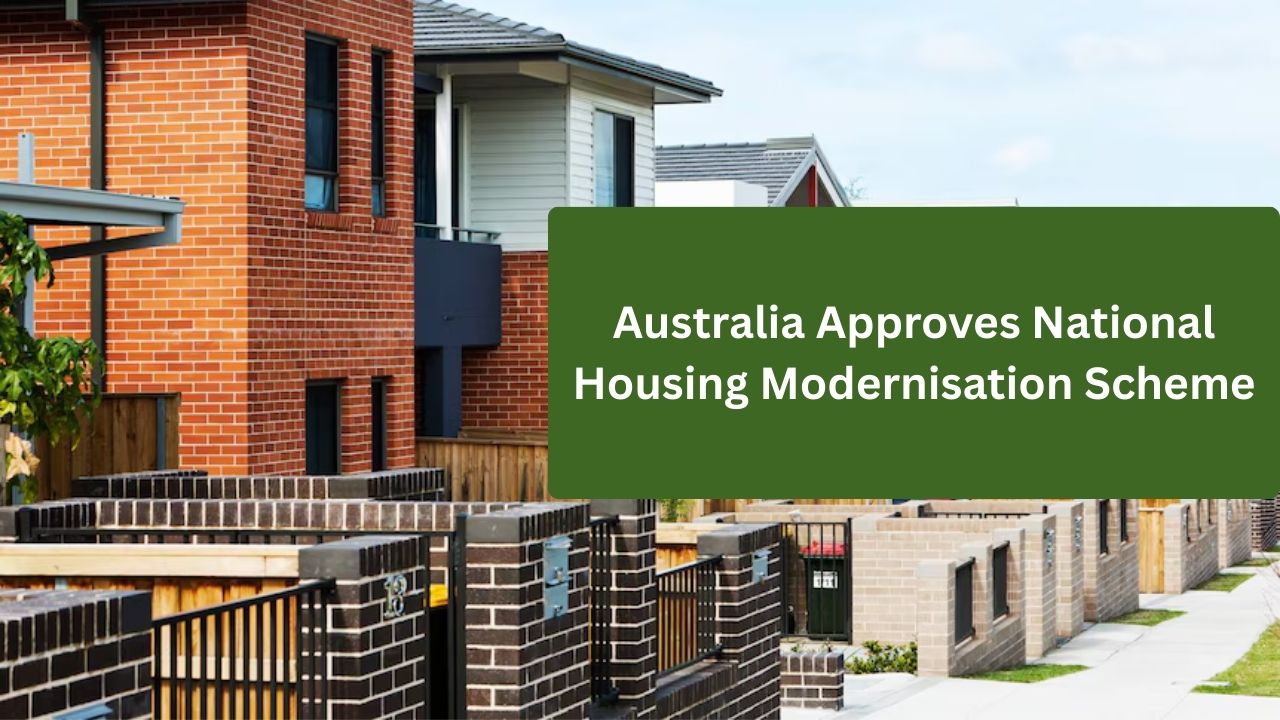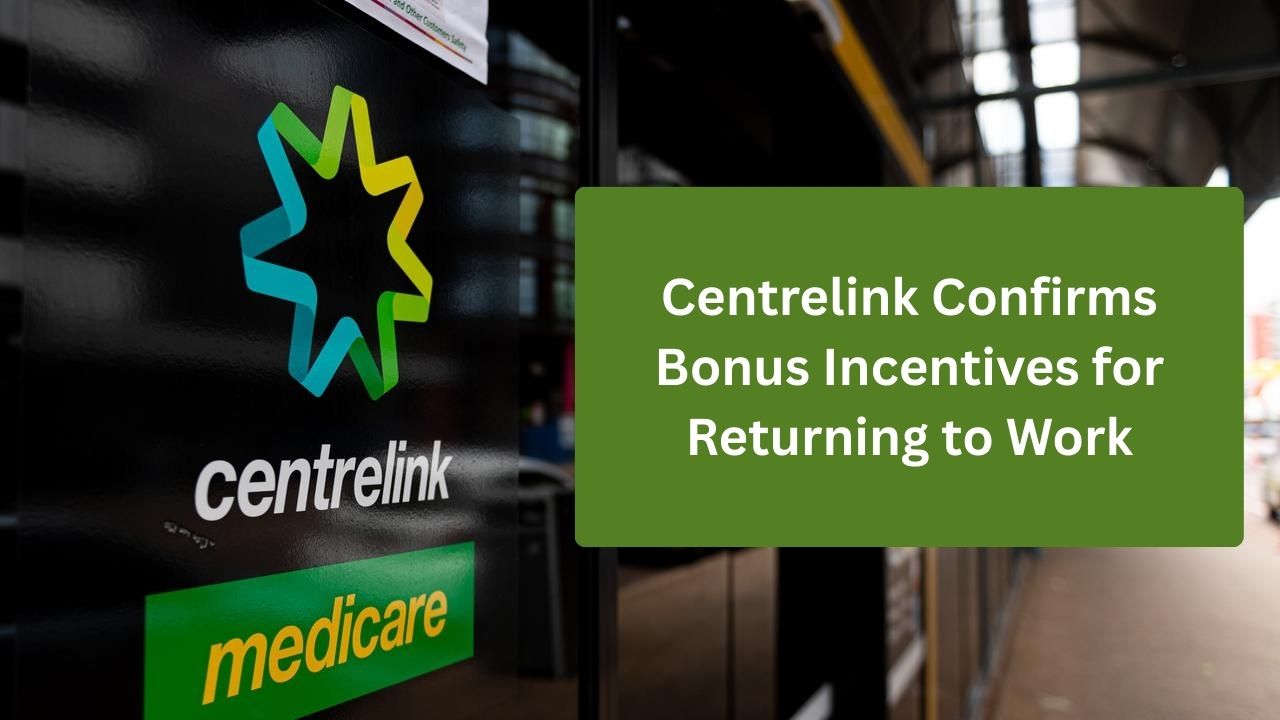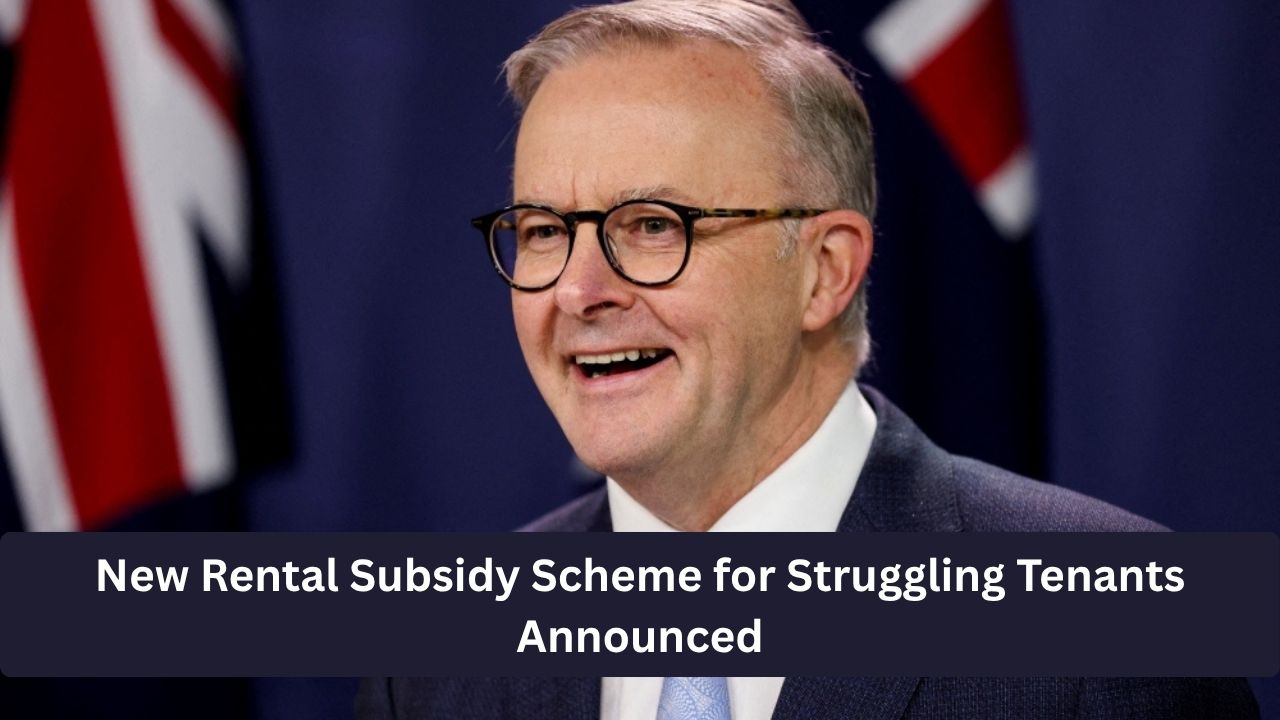Australia has taken significant steps to enhance its housing system. The government has authorized the National Housing Modernisation Scheme, a scheme to upgrade aging social housing around the country. This program aims to make homes more energy efficient, cheaper to run, and more comfortable to live in. For many Australians, it might mean cheaper power costs, warmer winters, cooler summers, and dwellings that fit contemporary living standards.
The initiative is especially significant given that majority of Australia’s social housing is decades old. Many of these homes were constructed before current energy-saving devices existed. Upgrading them today not only improves living conditions, but also contributes to Australia’s climate and environmental goals.
Simply said, this is about improving existing homes for people and the environment, not simply creating new ones.
Quick Info
| Feature | What it Means |
|---|---|
| Name | National Housing Modernisation Scheme |
| Purpose | Upgrade older social housing for energy efficiency and comfort |
| Budget | Hundreds of millions of dollars allocated across various states |
| Target | Thousands of social housing units across Australia |
| Upgrades Included | Solar panels, insulation, energy-efficient heating/cooling, better hot water systems |
| Broader Plan | Part of a wider national housing strategy to build 1.2 million homes |
Why This Scheme Matters
Many of Australia’s social housing complexes are outdated and energy inefficient. This implies that residents frequently face high power expenses throughout the summer and winter. The National Housing Modernisation Scheme seeks to address this issue by upgrading old dwellings with contemporary technologies.
For tenants, this may make a significant impact. Lower energy expenditures leave more money in their pockets for food, healthcare, and other necessities. Comfortable dwelling also promotes health and well-being.
From a national viewpoint, the initiative helps Australia achieve its environmental goals. Energy-efficient houses consume less power and emit fewer carbon emissions. By renovating thousands of houses, Australia can make a significant difference in the battle against climate change.
How the Scheme Works
The project focuses on existing social housing rather than new construction. This is because many of these homes can be rapidly renovated, making them more energy-efficient and pleasant, without having to start from scratch.
The government is collaborating with state governments and community housing providers. They will work together to design, fund, and implement the changes. This collaborative approach guarantees that initiatives are finished swiftly and reach those who require them the most.
Key Upgrades
Energy-efficient Heating and Cooling
Older houses sometimes rely on outmoded air conditioners or heaters that are costly to operate. The project includes reverse-cycle air conditioners and more efficient heating systems. These devices allow residents to keep comfortable while avoiding hefty power expenses.
Many homes will get solar panels.
Solar energy saves money on power while also being environmentally friendly. This implies that tenants may have sustainable energy while saving money each month.
Insulation and Draft Proofing
Proper insulation keeps houses warm in winter and cool in the summer. Draft-proofing prevents cold and hot air from entering the dwelling. These upgrades make houses more comfortable throughout the year.
Efficient Hot Water Systems.
Older hot water systems may be inefficient and expensive. Modern systems use less power and supply hot water more efficiently, saving money for tenants.
Other Modernization Measures
Minor modifications and upgrades, such as improved windows, ventilation, and the repair of outdated plumbing or electrical concerns, are also included in the plan. All of these techniques improve house safety and comfort.
Who Benefits
The program focuses on social housing residents, who include families, older Australians, persons with impairments, and low-income individuals. These populations frequently spend a greater percentage of their income on utilities. By improving dwellings, the government guarantees that these renters use less energy and live in healthier, safer environments.
Certain states, such as Victoria, South Australia, Tasmania, and New South Wales, will receive some of the earliest enhancements. Thousands of houses in these locations will benefit from increased insulation, solar panels, and modern heating/cooling systems.
What Stakeholders Say
Government officials
The government has highlighted that housing is a basic need. By increasing social housing, the program tackles both the housing scarcity and the high cost of living. Officials have also emphasized the environmental benefits, pointing out that energy-efficient dwellings lower greenhouse gas emissions.
Community Housing Providers
Organizations in charge of social housing applaud the program. They point out that renovating older homes is typically faster and less expensive than building new ones. Upgrades also benefit renters’ health and safety, making their houses more habitable for years to come.
Climate and Tenant Advocates
Environmental groups applaud the effort since it lowers energy use and pollution. Tenant advocates see the initiative as a realistic approach to assist low-income households save money while living in nice, contemporary houses.
Challenges
While the concept is ambitious, there are significant challenges:
- Funding Limits
Although the government has invested hundreds of millions of dollars, renovating thousands of houses across the country is a major undertaking. Some opponents are concerned that not all properties will be upgraded promptly. - Coordination and Logistics
Delivering improvements necessitates strong collaboration across federal, state, and local housing organizations. Issues like as obtaining supplies or skilled workers may slow down the deployment. - Ensuring results
Monitoring and reporting will be critical to ensuring that modifications are executed correctly and homes become as energy-efficient as expected.
Timeline and Rollout
The program will be implemented in phases.
- Phase 1 focuses on states with older social housing stock, such as Victoria, South Australia, Tasmania, and New South Wales.
- As the program proceeds, Phase 2 will include expansion to additional states.
Community housing providers will submit plans for renovations, and cash will be given according to need and preparedness. To maintain openness and accountability, the government will keep track of developments and provide updates.








Leave a Reply